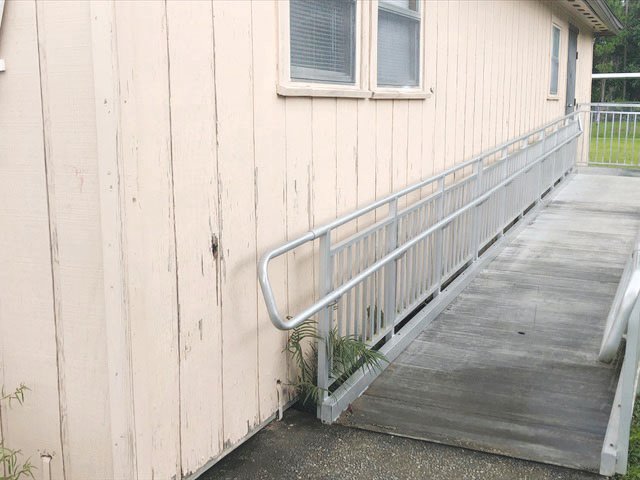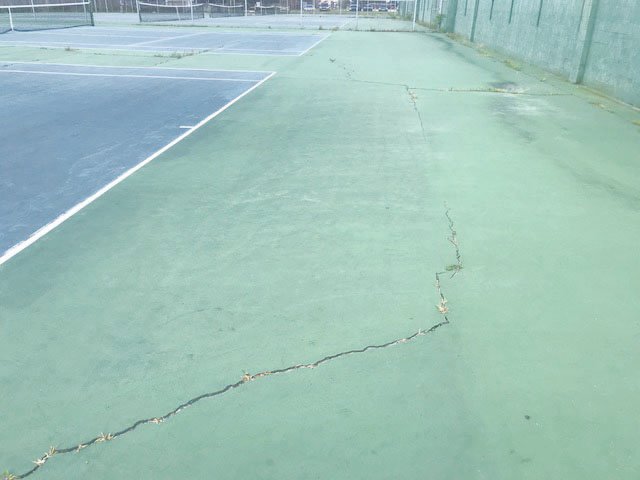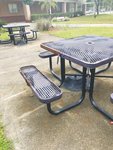School board starts its push to get half-cent sales tax approved
CLAY COUNTY – The future of the school district lies in the hands of voters as they start heading to the polls for the November’s General Election.
While voters head to the polls to decide who …
This item is available in full to subscribers.
Attention subscribers
To continue reading, you will need to either log in to your subscriber account, or purchase a new subscription.
If you are a current print subscriber, you can set up a free website account and connect your subscription to it by clicking here.
If you are a digital subscriber with an active, online-only subscription then you already have an account here. Just reset your password if you've not yet logged in to your account on this new site.
Otherwise, click here to view your options for subscribing.
Please log in to continueDon't have an ID?Print subscribersIf you're a print subscriber, but do not yet have an online account, click here to create one. Non-subscribersClick here to see your options for subscribing. Single day passYou also have the option of purchasing 24 hours of access, for $1.00. Click here to purchase a single day pass. |
School board starts its push to get half-cent sales tax approved
CLAY COUNTY – The future of the school district lies in the hands of voters as they start heading to the polls for the November’s General Election.
While voters head to the polls to decide who represents them in federal, state and local offices, including who will sit on the school board, they’ll also be asked to vote yes or not to a half-cent sales tax. This half-cent sales tax will cost an average family of four about $5 a month – or $60 a year – and will bring in $13 million a year for the school district. That money is essential to the school district’s projected future.
“This money is essential to Clay County’s future,” Asst. Superintendent of Operations Bryce Ellis said. “We have a lot of buildings and infrastructure that is getting pretty old and a lot of maintenance that continue to get kicked down the road, not to mention the five to seven new schools we’re going to need in the next 10 years.”
The school board tried to get the half-cent referendum into the special election a year ago only for that to be shot down by the Board of County Commissioners. The two parties the agreed on the general election after a Clay County judge ruled in favor of the commissioners.
The tax, if passed, will be used to fix more than $300 million in outstanding maintenance projects. This includes new roofs, new air conditioning units, new buildings to get students out of portables and more, Coordinator of Planning, Government Relations, and Safety and Security Supervisor James Fossa said.
“We’ll have 12,000 new homes in the next five to 10 years,” Fossa said. “That’s expected to be 2,500 elementary kids, 700 junior high and 1,600 high school students. The cost of a new school can be anywhere from $25 million to $30 million and people think we can build all these new schools with impact fees. We can’t.”
Fossa said impact fees generate about $6 to $7 million each year so in the amount of time the district needs to have five to seven new schools built, it could build maybe two new schools if it only used impact fees. That’s not nearly enough to keep pace.
There’s more to the tax than funding new schools though. The money will also be used to repair and maintain what schools the distinct already has including one of its oldest schools, W.E. Cherry Elementary, which is 60 years old.
“We have a constant battle with air conditioning, specifically in our cafeteria and we’ve had issues pop up over the last year or two with quite a few of our portables,” W.E. Cherry assistant principal Jarrod Eason said. “The district is awesome about fixing what needs to be fixed but we really are at the point where we’re just putting band-aids on things – not actually fixing them. It’s not the district’s fault and that’s because our hands are tied financially. That’s why this tax is important.”
Eason said air conditioning is an especially important fix because it directly affects a student’s learning environment. The tax could be used to create a revenue stream to do preventative measures and routing maintenance, as well as fully fix and repair problems that pop up, he said.
School board member Mary Bolla used to teach at W.E. Cherry and she knows first-hand the struggles that come with inadequate learning environments.
“Speaking as a former teacher, in Florida, air conditioning is very important,” Bolla said. “Our kids shouldn’t be sweating while trying to learn nor should they be shivering when it gets cold. Students want and deserve a learning environment where they’re safe and secure and can focus on what’s being taught...not the lack of AC and other issues like that.
“People complain that we haven’t used money wisely. What’s so frustrating from a board member perspective is that the state legislature has slowly but steadily taken away the funding for much of what’s in our half-cent sales tax plan. We can’t count on money from the state and we can’t spend money the way we want to.”
Bolla said residents cautious of another tax can look at the district’s “Education Facilities Infrastructure Restricted Sales Tax” ED.F.I.R.S.T. plan for a formal look at every single school’s list of fixes and repairs. Ellis added there will be a citizen’s committee created should the tax be passed that will consist of Clay County citizens with the sole purpose of ensuring that the funding is spent on only what the ballot question mentions.
It won’t be spent on salaries – just funding, infrastructure, maintenance and new schools.
“I like to think we’re more than just a school district and that’s because we are,” Fossa said. “We teach kids to read and write, sure, but we transport them, feed them, provide mental health services, provide safety to the community, and serve as shelters. We’re a community service and we hope the community recognizes that when they vote in November.”













